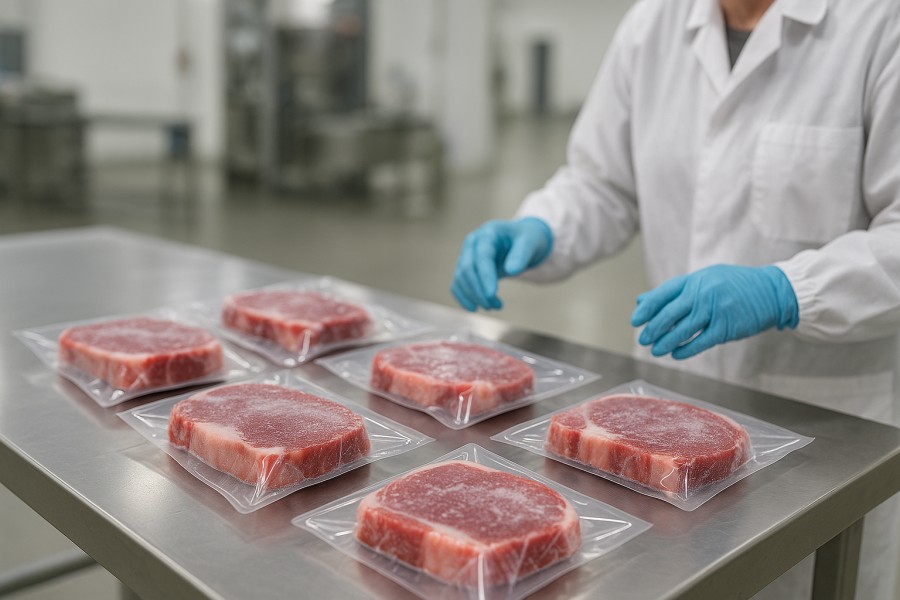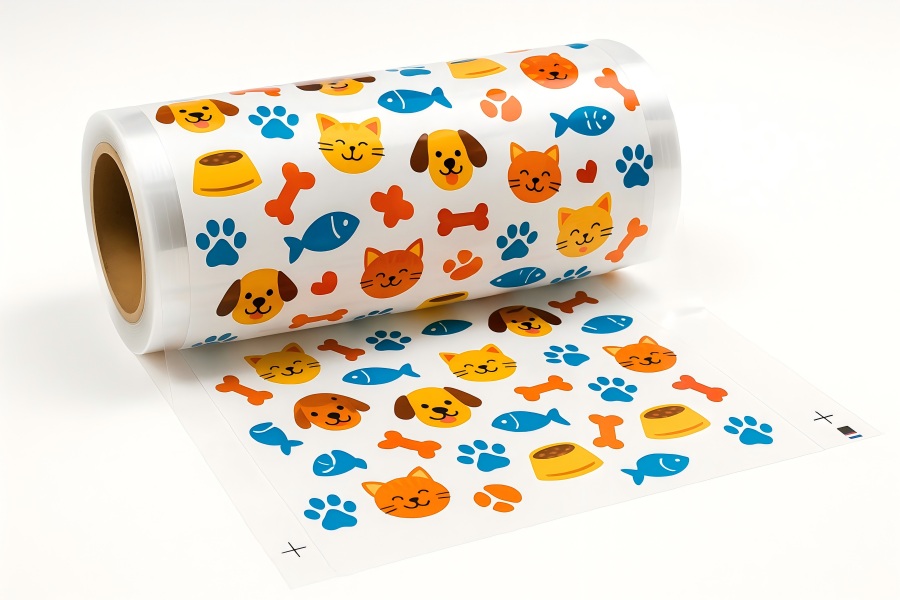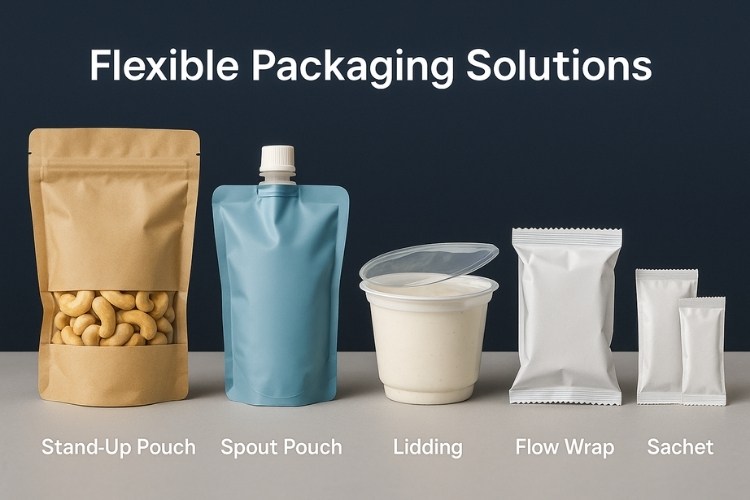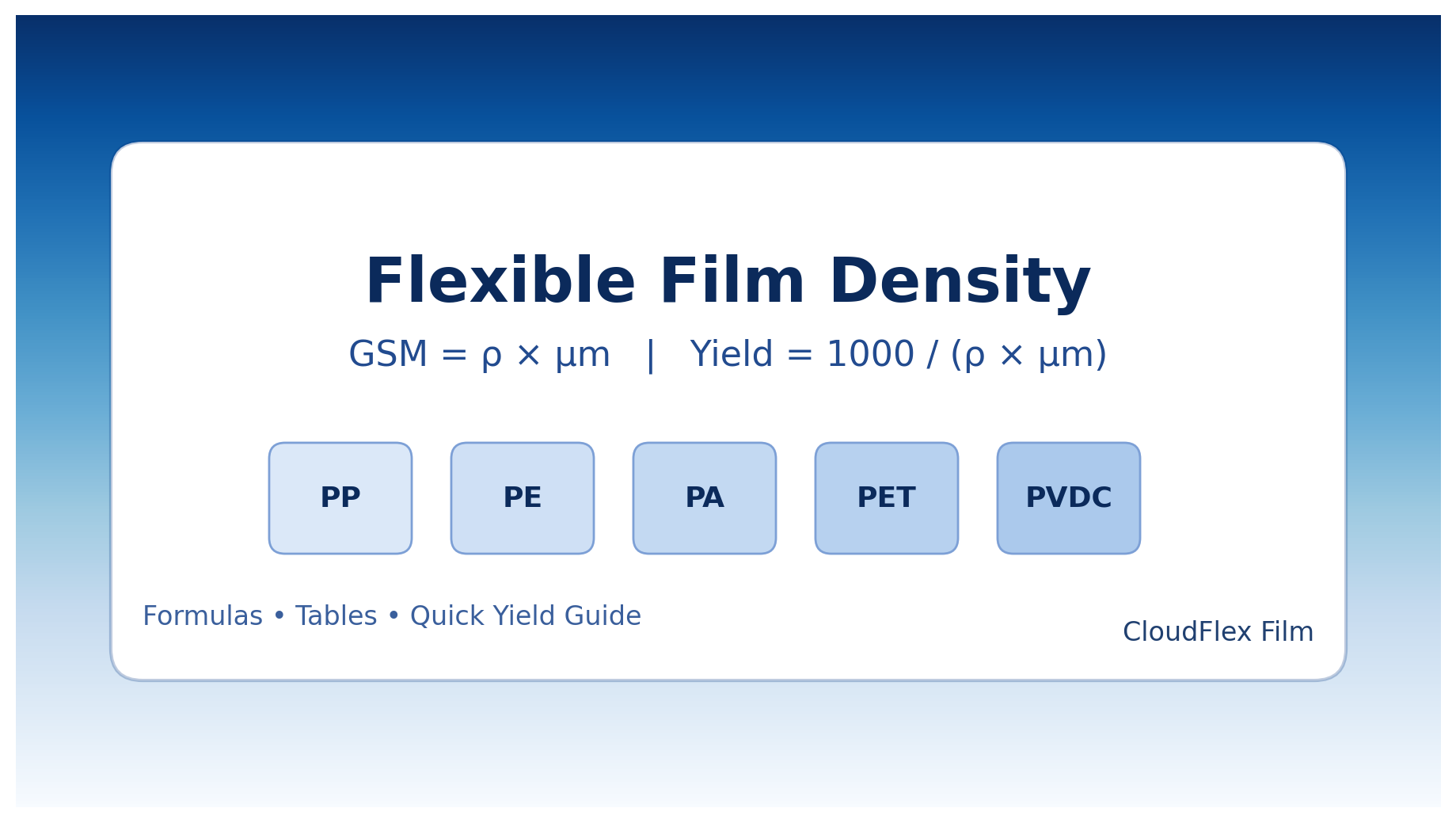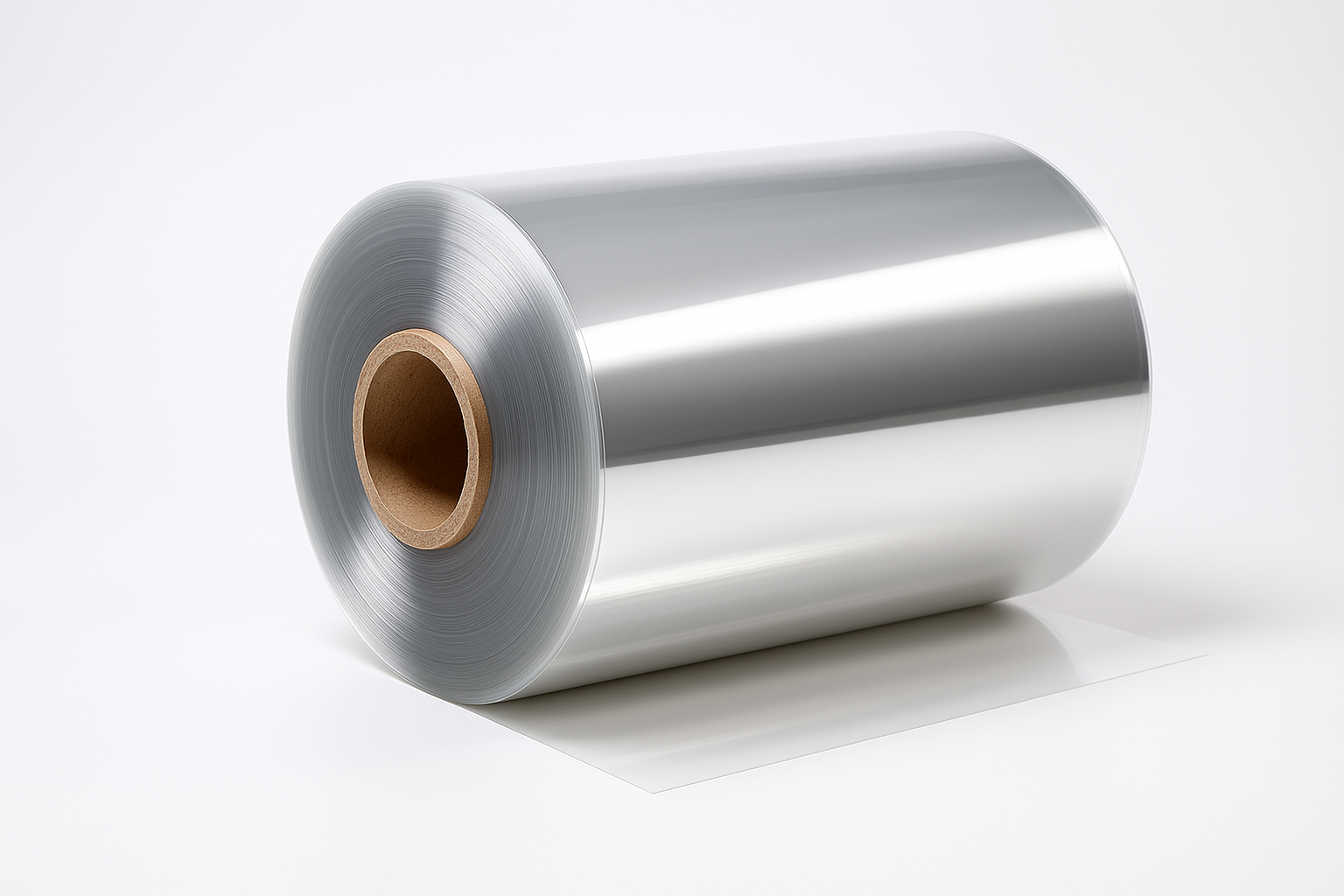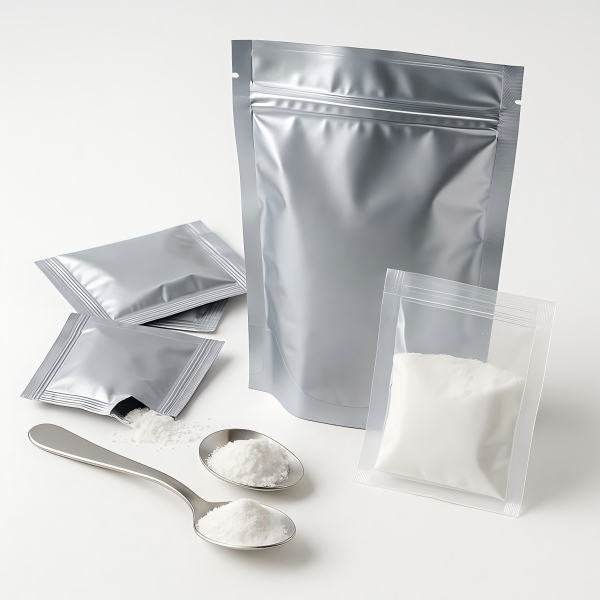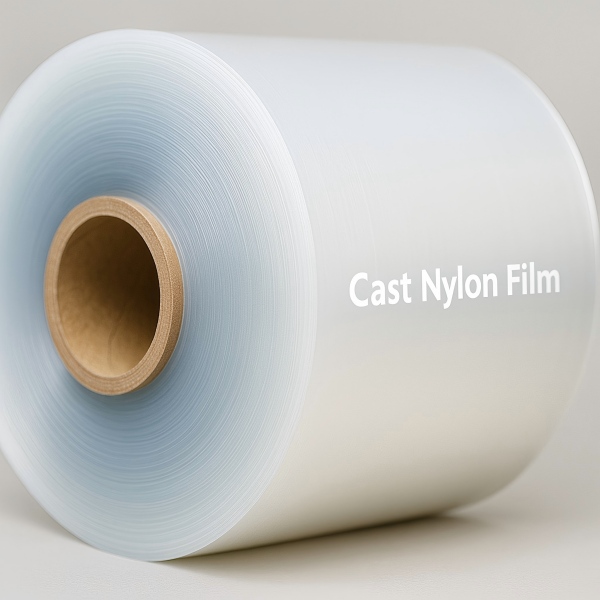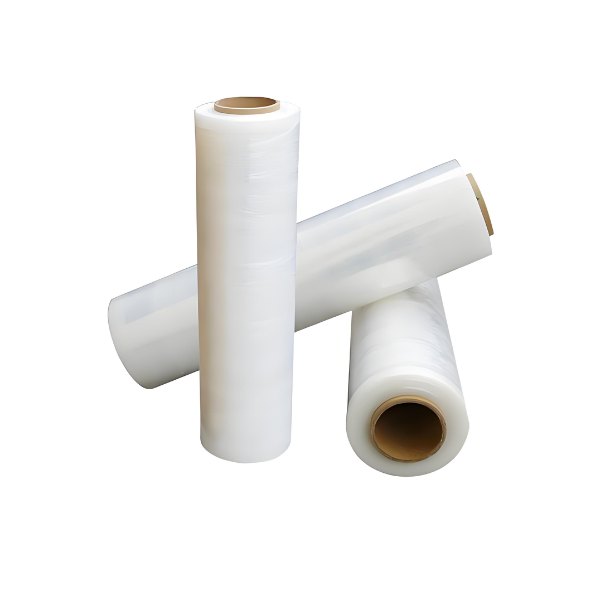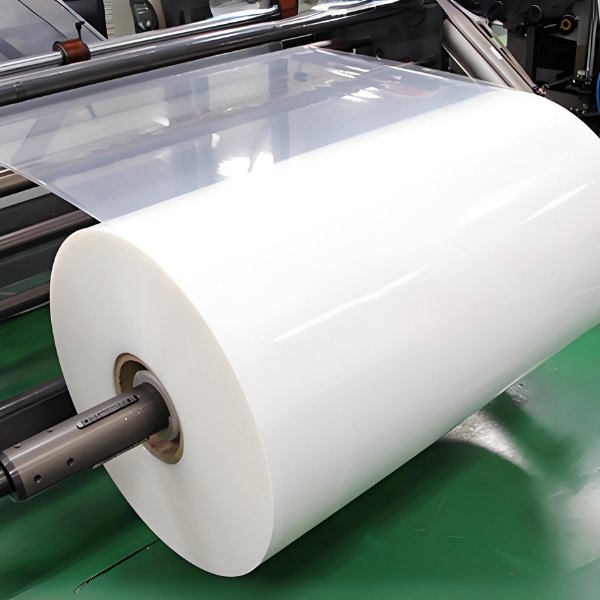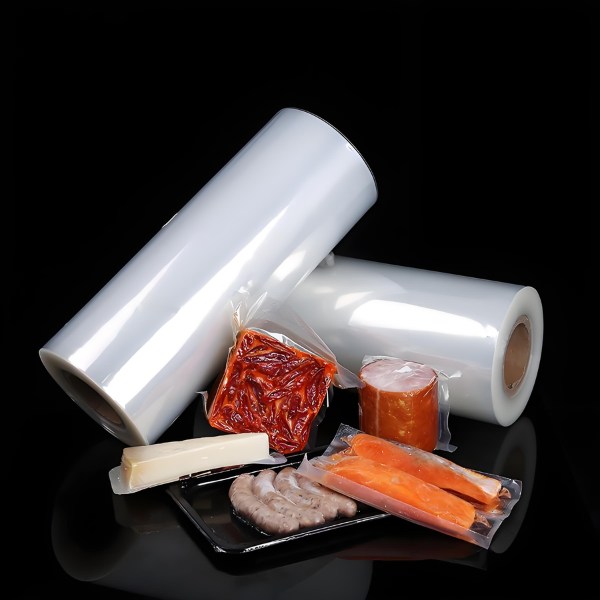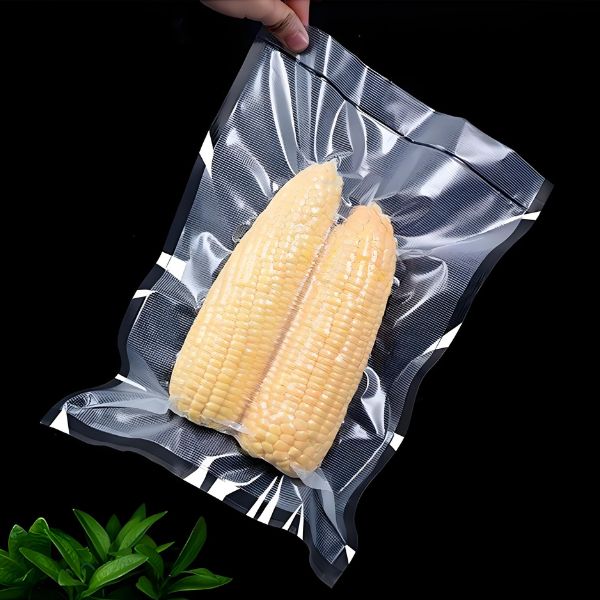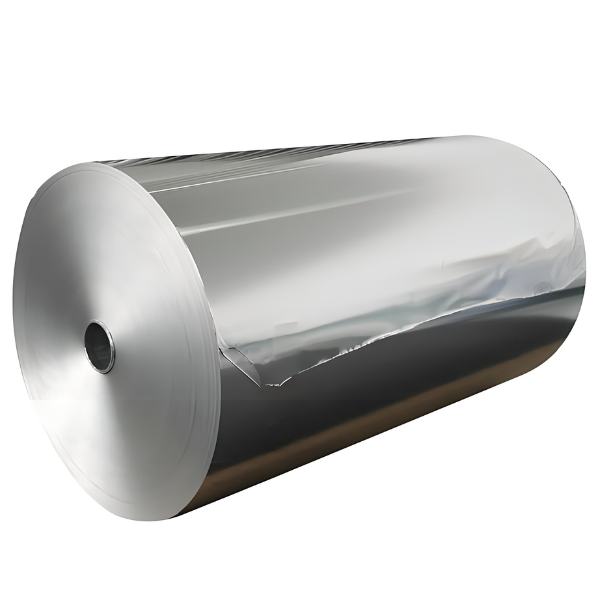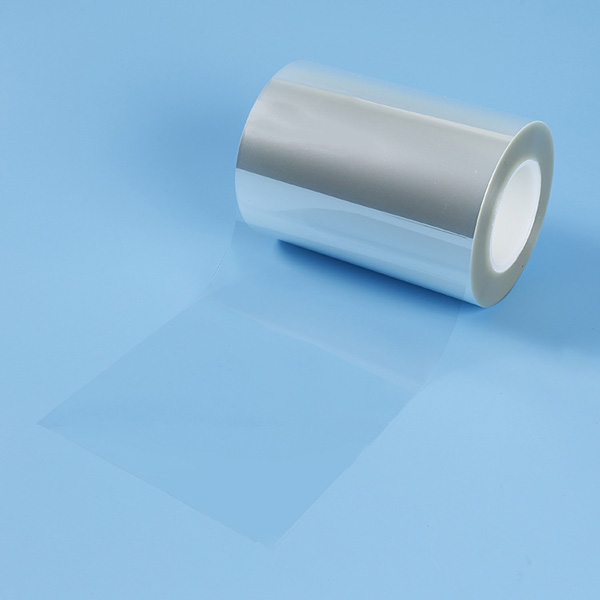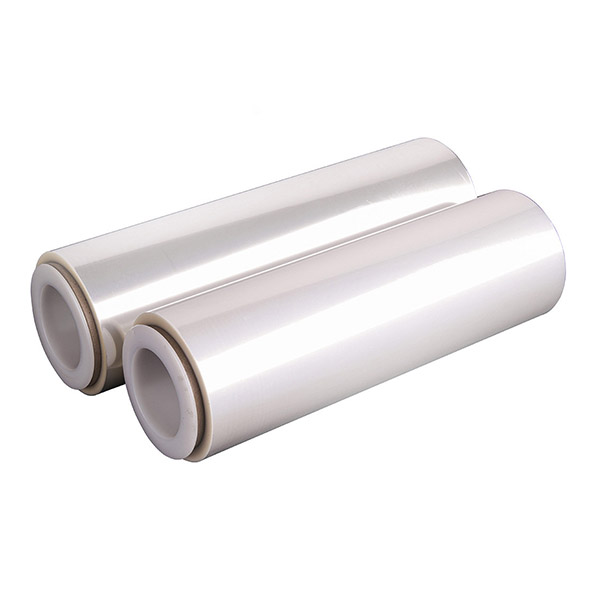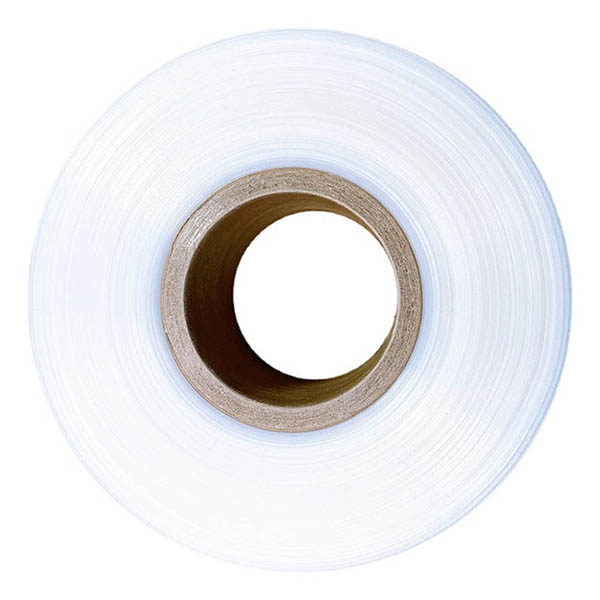Introduction: Why Compare Nylon and EVOH?
1. Background
Nylon (Polyamide, PA) and EVOH (Ethylene Vinyl Alcohol Copolymer) are two widely used high-performance polymers in the packaging and industrial materials sectors. Both materials offer unique properties that make them suitable for demanding applications such as food packaging, medical products, and industrial films.

{ Both Nylon and EVOH are High-performance Polymers }
However, their distinct characteristics often leave engineers and product designers wondering which material to choose—or whether to combine them.
2. Purpose of This Article
This article provides a systematic comparison of nylon and EVOH across physical, chemical, mechanical, and barrier properties. It also evaluates their suitability in various application scenarios and offers practical selection guidance to help readers make informed material decisions.
Material Overview
1. Nylon (Polyamide, PA)
Nylon is a semicrystalline polymer known for its excellent mechanical strength, abrasion resistance, and flexibility. Common types include PA6 and PA66, which are widely used in both flexible and rigid packaging.
2. EVOH (Ethylene Vinyl Alcohol Copolymer)
EVOH is a copolymer with outstanding barrier properties, especially against oxygen and other gases. It is often used in multilayer packaging structures where preserving product freshness is critical.
Performance Comparison
1. Barrier Properties
- Nylon: Moderate oxygen barrier; good resistance to oils and aromas.
- EVOH: Exceptional oxygen barrier under dry conditions; barrier performance decreases with humidity.
2. Mechanical Properties
- Nylon: High tensile strength, puncture resistance, and flexibility.
- EVOH: More brittle and less flexible; typically used in combination with other polymers.
3. Thermal Resistance
- Nylon: Withstands high temperatures, suitable for retort and boiling applications.
- EVOH: Limited thermal stability; not ideal for high-heat processing unless protected in a multilayer structure.
4. Moisture Sensitivity
- Nylon: Hygroscopic; absorbs moisture which may affect dimensional stability.
- EVOH: Highly sensitive to moisture; barrier efficiency drops in high humidity environments.
5. Chemical Resistance
- Nylon: Resistant to oils, greases, and many organic solvents.
- EVOH: Susceptible to degradation when exposed to strong acids or bases.
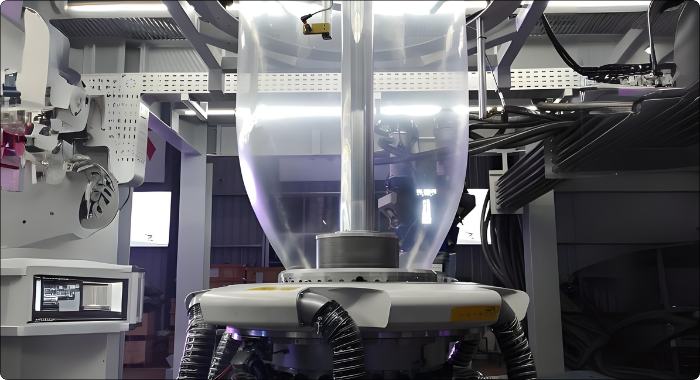
{ Nylon/EVOH Co-extrusion }
Application Scenarios
1. Food Packaging
- Nylon: Used in vacuum packaging, boil-in-bag products, and frozen food packaging.
- EVOH: Preferred for oxygen-sensitive products such as coffee, cheese, and processed meats.
2. Medical Packaging
- Nylon: Used in sterile medical device packaging due to its durability and puncture resistance.
- EVOH: Used in high-barrier medical pouches to maintain sterility.
3. Industrial Films
- Nylon: Common in heavy-duty sacks, protective films, and laminates.
- EVOH: Used in specialty films requiring high gas barrier performance.
Composite Structures
1. Nylon/EVOH Composites
In many high-end applications, nylon and EVOH are combined in multilayer films to leverage the strengths of both materials. Typical structures include PA/PE/EVOH/PE or similar combinations.
2. Processing Methods
- Co-extrusion
- Dry lamination
- Coating
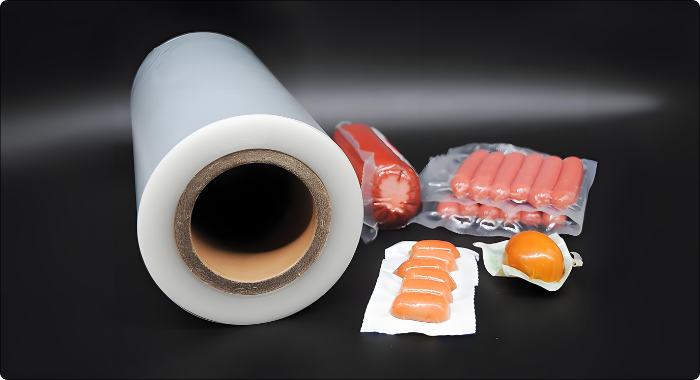
{ Nylon/EVOH Composite Materials Possess Both Mechanical Strength and Barrier Properties }
Material Selection Guide
1. Choose Nylon When:
- High mechanical strength and puncture resistance are required.
- The product will undergo high-temperature processing.
- Cost efficiency is a priority.
2. Choose EVOH When:
- Superior oxygen barrier is critical.
- The product is sensitive to oxidation and spoilage.
- A high-value product justifies the added material cost.
3. Choose a Composite When:
- Both mechanical strength and barrier properties are needed.
- You need to balance performance and cost effectively.
Conclusion
Nylon and EVOH each have distinct advantages and limitations. While nylon excels in mechanical strength and thermal resistance, EVOH offers unmatched barrier properties.

{ Select the Appropriate Material Based on Specific Requirements }
In many modern packaging applications, a composite structure that combines both materials delivers the best overall performance. Understanding the specific requirements of your application is key to selecting the right material.


